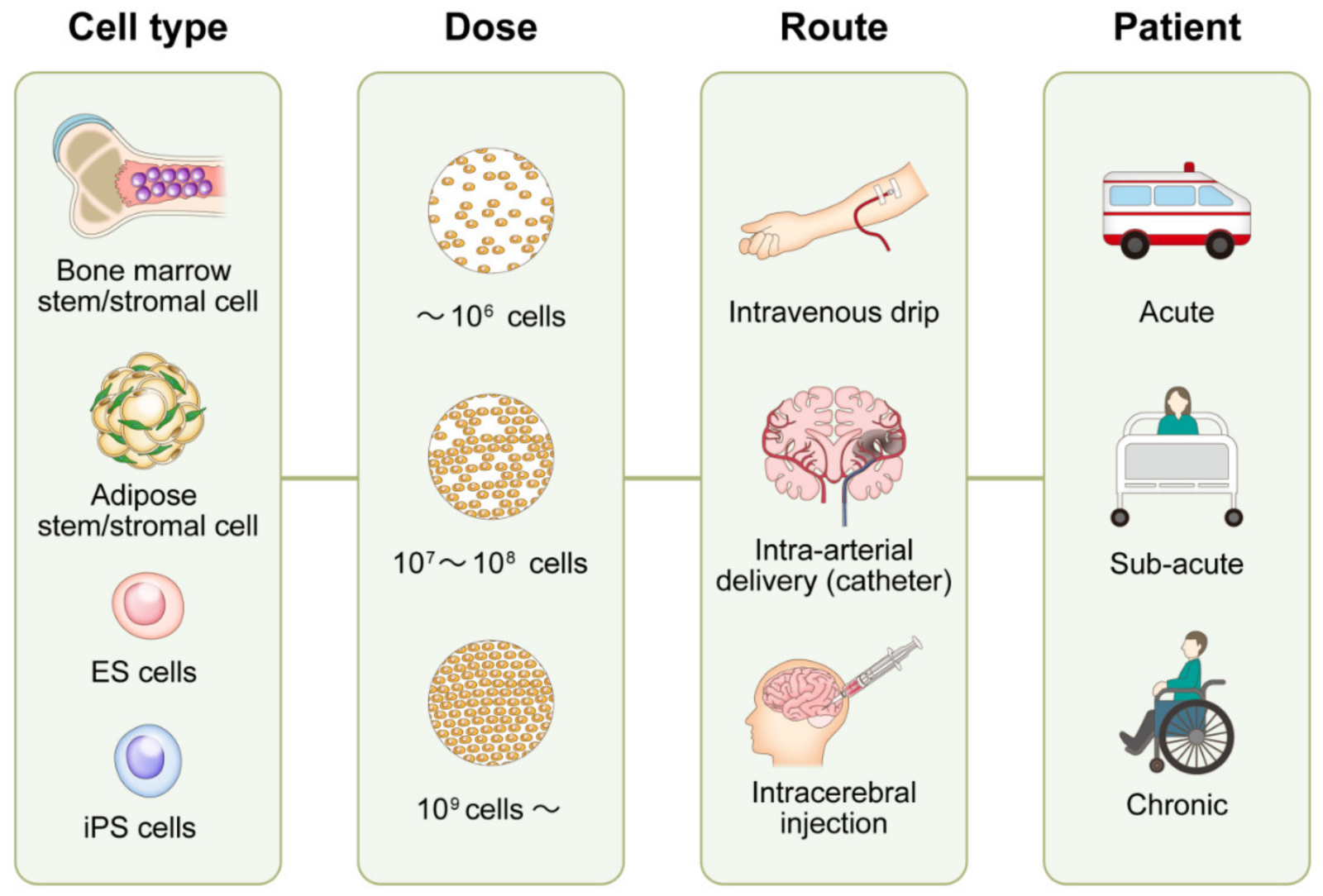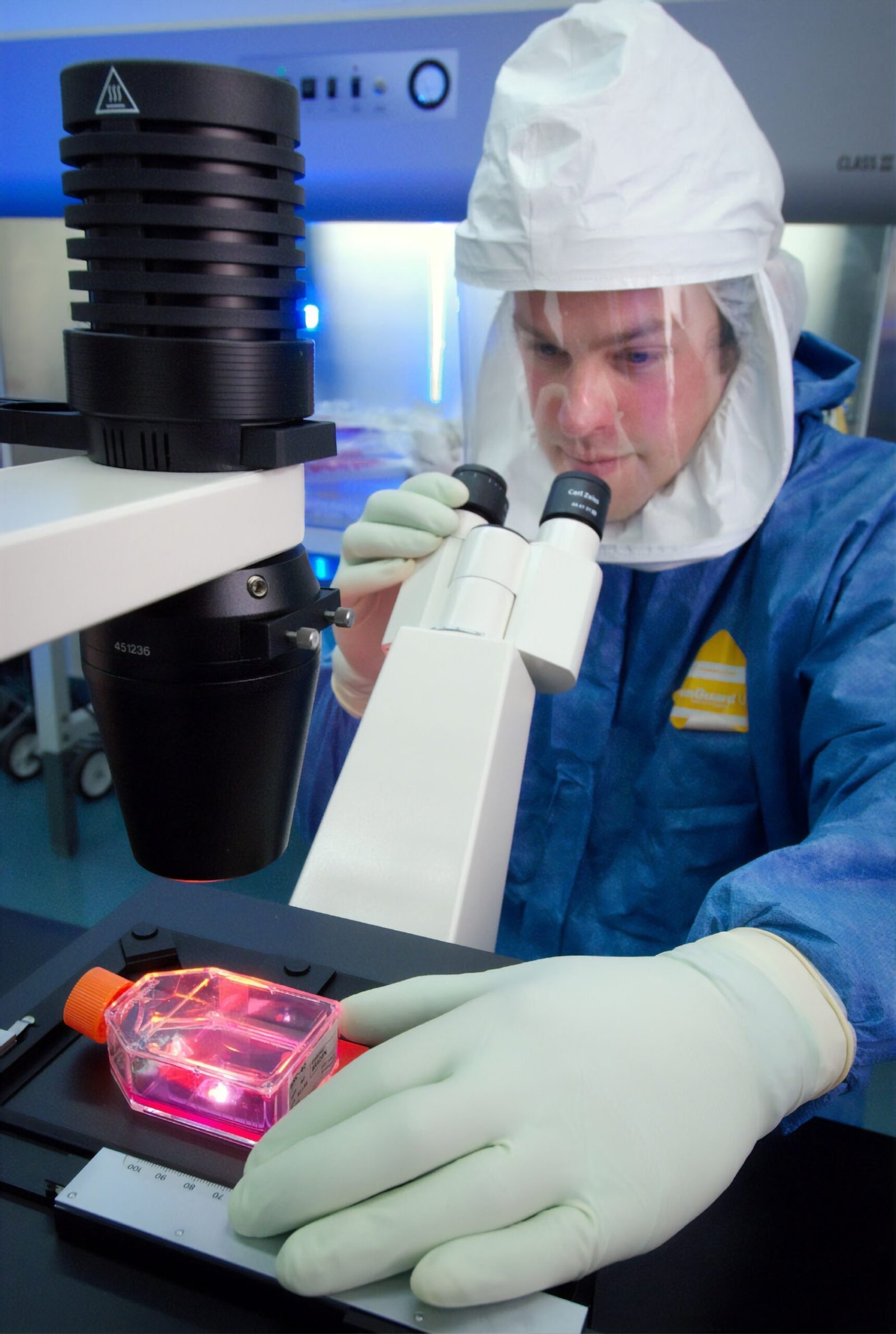Are you curious about the latest advancements in stem cell therapies for stroke recovery in Malaysia? Look no further! In this article, we will explore the cutting-edge developments in this field, providing you with a comprehensive and insightful overview. From the potential benefits of stem cell research to the specific applications for stroke recovery, we will delve into the exciting possibilities that lie ahead. So, let’s embark on this journey together and discover the groundbreaking strides being made in stem cell therapies for stroke recovery in Malaysia.
Overview of Stroke in Malaysia
Stroke is a major public health concern in Malaysia, with a significant impact on individuals and the healthcare system. According to the National Stroke Registry, the incidence of stroke in Malaysia has been steadily increasing over the years, with approximately 65,000 new cases reported annually. This alarming statistic highlights the need for effective treatment options to address the growing burden of stroke in the country.
Prevalence and Impact of Stroke in Malaysia
Stroke is the third leading cause of death in Malaysia, after heart disease and cancer. It is also a leading cause of long-term disability, often resulting in physical, cognitive, and emotional impairments. The consequences of stroke can have a profound impact on the quality of life for individuals and their families. The economic burden of stroke is also significant, with healthcare costs and lost productivity contributing to the overall impact on society.
Current Treatment Options for Stroke in Malaysia
The management of stroke in Malaysia primarily focuses on acute care, rehabilitation, and secondary prevention. The current standard of care includes thrombolytic therapy, which involves the administration of medication to dissolve blood clots, and mechanical thrombectomy, a procedure to remove clots directly from the blocked blood vessels. Rehabilitation services, such as physiotherapy, occupational therapy, and speech therapy, play a crucial role in helping stroke survivors regain function and improve their quality of life.
Understanding Stem Cell Therapy
Stem cell therapy offers a promising approach for stroke recovery by harnessing the regenerative potential of stem cells to repair damaged tissues in the brain. Stem cells are undifferentiated cells that have the ability to develop into various cell types and can renew themselves through cell division. This unique characteristic makes them a valuable resource for regenerative medicine.
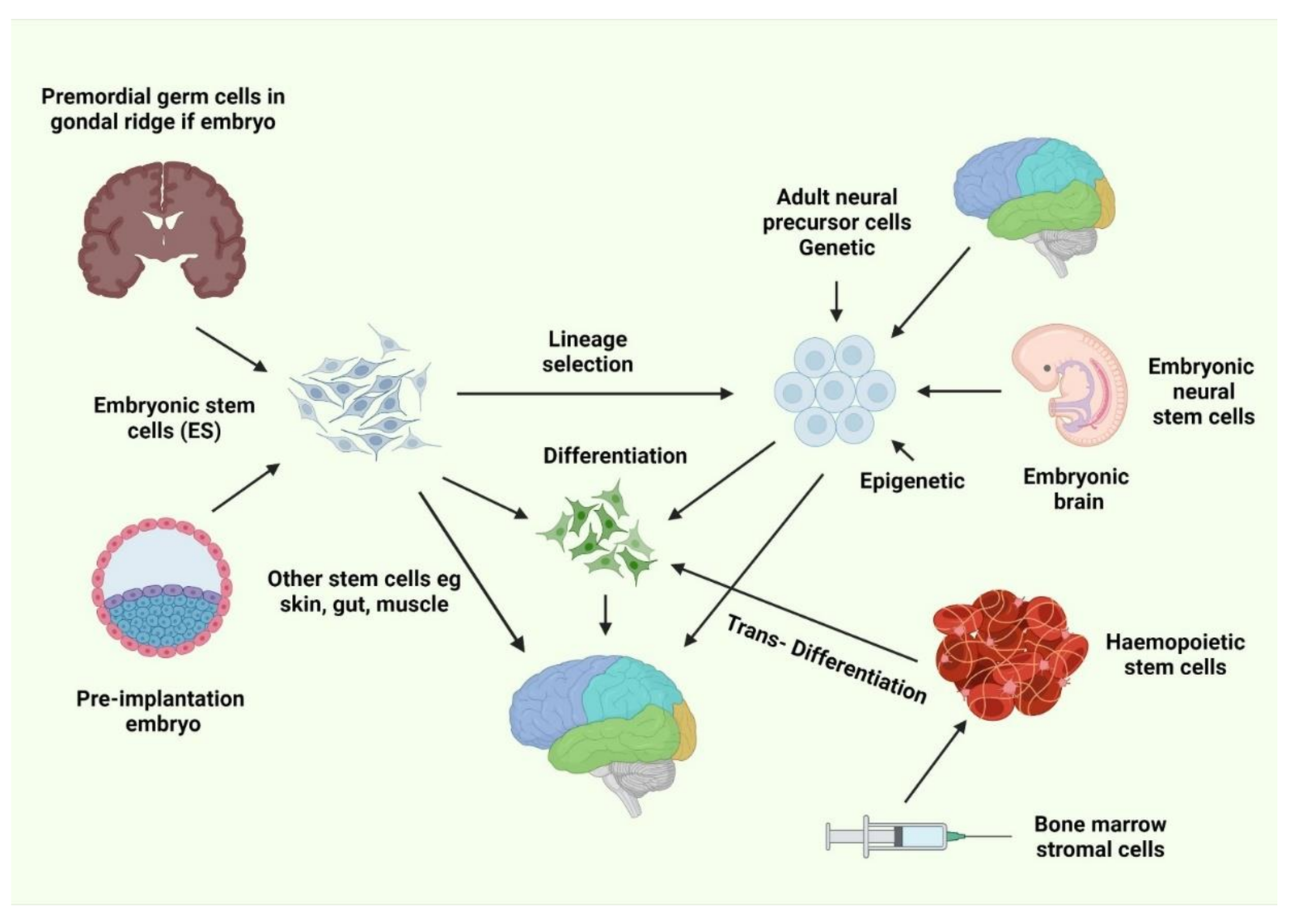
Explanation of Stem Cells
Stem cells can be found in various sources, including embryos, umbilical cord blood, and adult tissues. Embryonic stem cells are pluripotent, meaning that they have the potential to differentiate into any cell type in the body. However, their use in clinical applications is controversial due to ethical considerations. Adult stem cells, which are derived from tissues such as bone marrow, adipose tissue, and blood, are multipotent and can differentiate into a limited range of cell types.
Types of Stem Cells Used in Therapy
In the context of stroke recovery, mesenchymal stem cells (MSCs) have gained significant attention. MSCs are a type of adult stem cell that can be easily isolated from bone marrow or adipose tissue. They have the ability to differentiate into neural cells and promote neurogenesis, angiogenesis, and immunomodulation. These properties make MSCs an attractive option for stem cell therapy in stroke patients.
Mechanism of Action in Stroke Recovery
The mechanisms by which stem cells promote recovery in stroke patients are multifactorial. When administered into the bloodstream or directly into the brain, stem cells can migrate towards the site of injury and release various factors that support tissue repair and regeneration. These factors include growth factors, cytokines, and chemokines, which promote angiogenesis, reduce inflammation, and modulate the immune response. Stem cells can also interact with endogenous neural stem cells and support their proliferation and differentiation.
Advancements in Stem Cell Therapies for Stroke Recovery
In recent years, there have been significant advancements in stem cell therapies for stroke recovery in Malaysia. Research studies have demonstrated the potential of stem cell therapy to improve functional outcomes and enhance the recovery process in stroke patients. These studies have provided valuable insights into the optimal timing, dosage, and delivery methods of stem cell therapy.
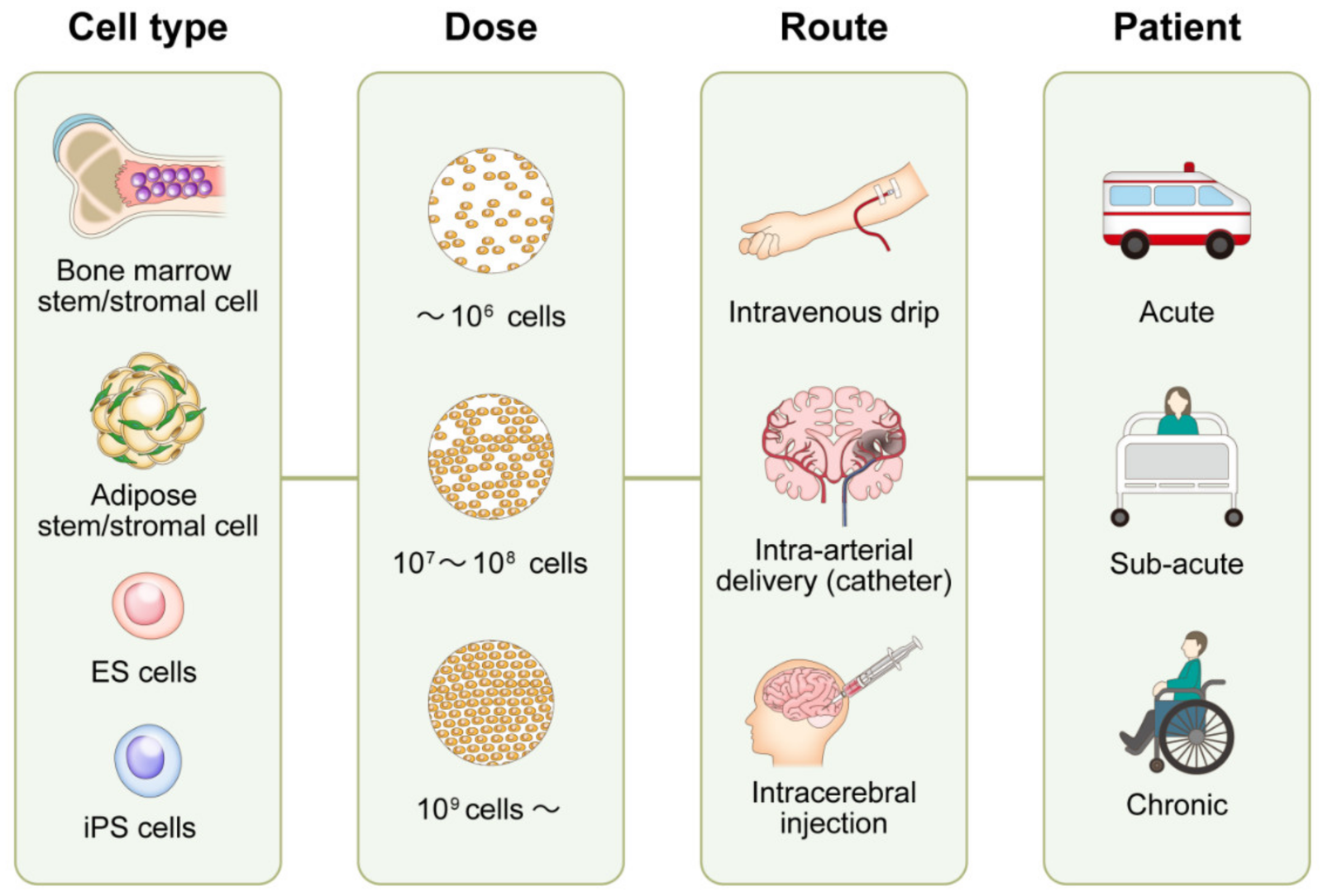
Research Studies on Stem Cell Therapies in Malaysia
Several research studies have been conducted in Malaysia to investigate the efficacy and safety of stem cell therapies for stroke recovery. These studies have utilized different sources of stem cells, including bone marrow-derived MSCs and adipose-derived MSCs. The results have shown promising outcomes, with improvements in motor function, cognitive function, and quality of life observed in treated patients.
Clinical Trials and Success Stories
In addition to research studies, there have been clinical trials exploring the potential of stem cell therapies for stroke recovery in Malaysia. These trials involve rigorous testing of the safety and efficacy of stem cell treatments in a controlled setting. Some trials have reported successful outcomes, with patients experiencing significant improvements in motor function and neurological deficits.
Challenges and Limitations of Stem Cell Therapy
While stem cell therapy holds great promise for stroke recovery, there are several challenges and limitations that need to be addressed. One of the key challenges is the optimization of treatment protocols. The optimal dosage, delivery route, and timing of stem cell therapy are still areas of ongoing research. Furthermore, there is a need to standardize the processing and manufacturing of stem cell products to ensure consistency and quality.
Regulatory Framework and Guidelines
In Malaysia, stem cell therapies are regulated by the National Stem Cell Committee, which sets guidelines and standards for their use. There are legal and ethical considerations surrounding the use of stem cells, and healthcare providers must adhere to these guidelines to ensure patient safety and ethical practice. The approval process for stem cell therapies involves rigorous assessment of clinical data and quality control measures to ensure the safety and efficacy of the treatments.
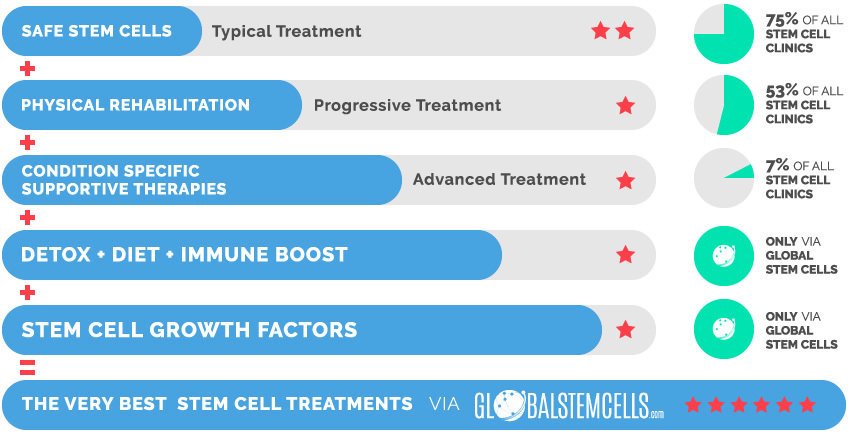
Legal and Ethical Considerations in Malaysia
The use of stem cell therapies in Malaysia is governed by the National Guidelines for Stem Cell Research and Therapy, which outline the legal and ethical framework for their use. These guidelines ensure that stem cell therapies are based on scientific evidence and adhere to ethical principles. Healthcare providers must obtain informed consent from patients before administering stem cell treatments and ensure that the treatments are conducted in accredited centers.
Approval Process for Stem Cell Therapies
The approval process for stem cell therapies in Malaysia involves a comprehensive evaluation of the scientific and clinical data supporting the use of the treatments. Health authorities assess the safety, efficacy, and quality of the stem cell products, as well as the qualifications and facilities of the healthcare providers offering the treatments. This stringent approval process is in place to safeguard patient welfare and ensure that stem cell therapies meet the necessary standards.
Quality Control and Safety Measures
To ensure the quality and safety of stem cell therapies, Malaysia has established standards for the processing, manufacturing, and handling of stem cell products. Accredited stem cell centers must comply with these standards and undergo regular inspections and audits to ensure adherence to good manufacturing practices. Quality control measures, such as testing for sterility and contamination, are also implemented to minimize the risks associated with stem cell therapies.
Stem Cell Therapy Centers in Malaysia
There are several leading stem cell therapy centers in Malaysia that offer comprehensive treatment options for stroke recovery. These centers specialize in the administration of stem cell therapies and provide a multidisciplinary approach to stroke rehabilitation. Services offered include stem cell transplantation, rehabilitation programs, and follow-up care.
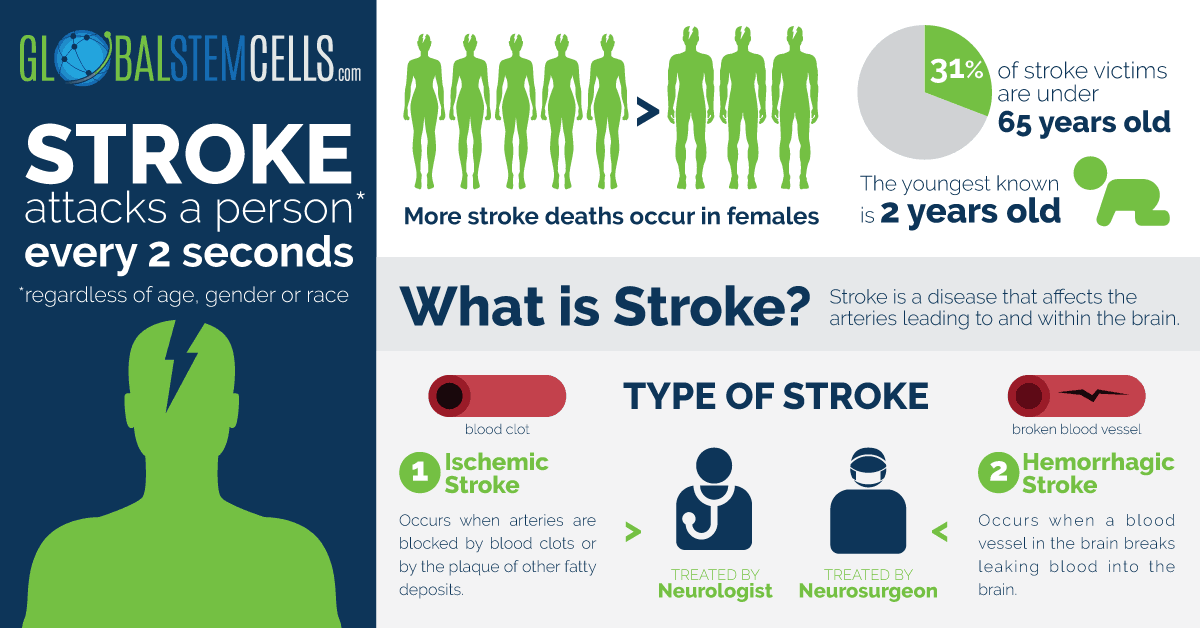
Overview of Leading Stem Cell Therapy Centers
Among the prominent stem cell therapy centers in Malaysia are the StemLife Berhad and the Regenerative Medical Group. These centers have a team of experienced healthcare professionals and state-of-the-art facilities dedicated to stem cell research and therapy. They prioritize patient safety and adhere to international standards in the provision of stem cell treatments.
Services and Treatments Offered
Stem cell therapy centers in Malaysia offer a range of services and treatments for stroke recovery. These include stem cell transplantation, where stem cells are administered via intravenous infusion or directly into the brain; rehabilitation programs that incorporate physiotherapy, occupational therapy, and speech therapy; and ongoing monitoring and follow-up care to assess treatment outcomes and adjust therapy as needed.
Success Rates and Patient Testimonials
Many stroke survivors in Malaysia have undergone stem cell therapy and reported positive outcomes. Personal testimonials from patients highlight improvements in mobility, speech, and overall quality of life. While success rates may vary depending on individual factors, stem cell therapy has shown promise in enhancing stroke recovery and providing hope for those affected by this devastating condition.
Cost and Accessibility of Stem Cell Therapies
The cost of stem cell therapies for stroke recovery in Malaysia can vary depending on factors such as the type of stem cells used, the number of treatments required, and the specific services provided. Stem cell therapies are generally not covered by insurance, which can pose a financial challenge for some individuals. However, there are financial assistance schemes and funding options available to help make these treatments more accessible.
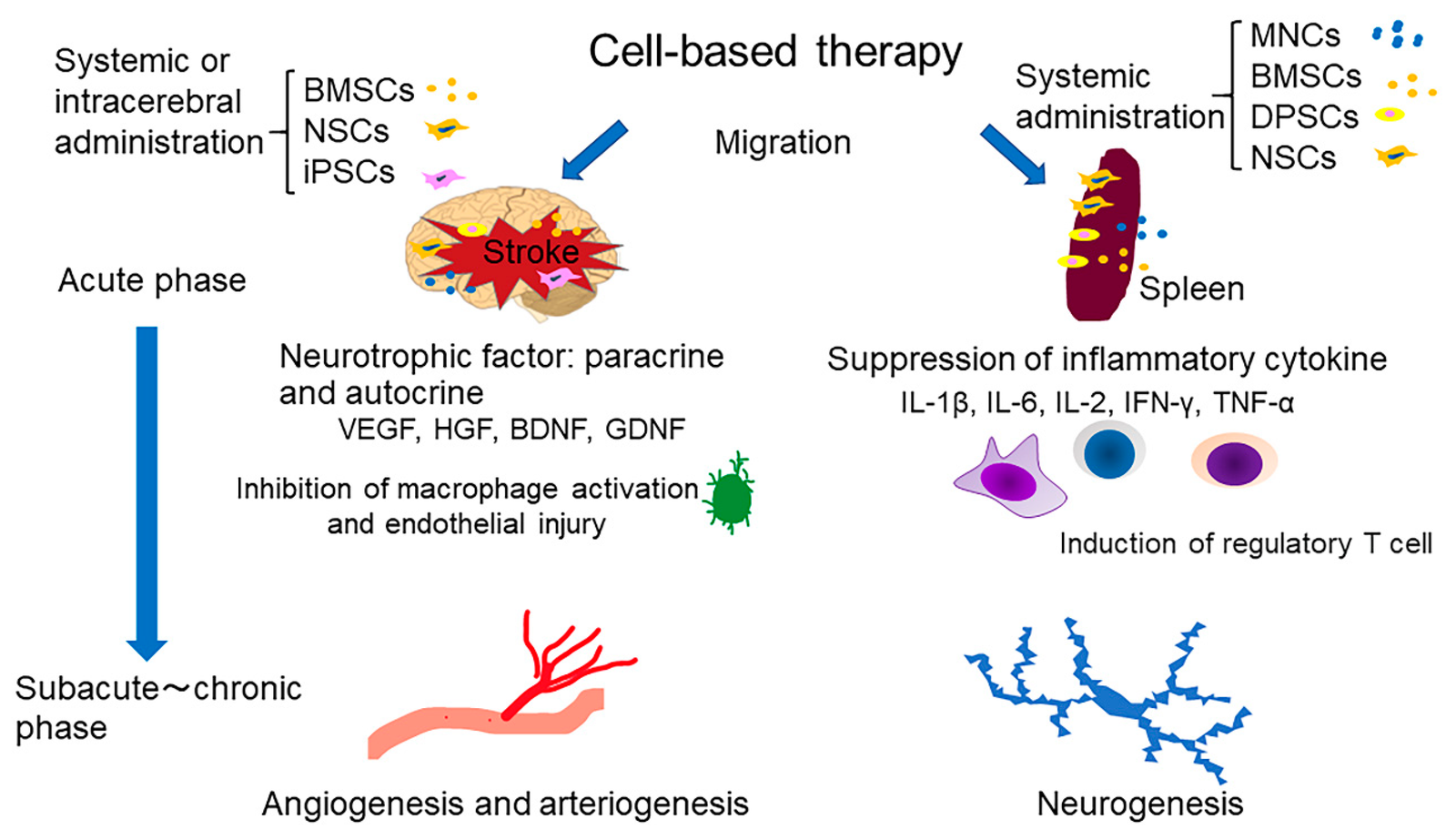
Affordability and Insurance Coverage
While stem cell therapies for stroke recovery may incur significant costs, affordability options are available in Malaysia. Some stem cell therapy centers offer financial assistance programs or installment plans to help patients manage the financial burden. Additionally, insurance coverage for stem cell therapies is gradually evolving, with some insurance providers offering limited coverage for certain stem cell treatments.
Availability in Different States of Malaysia
Stem cell therapy centers providing stroke recovery treatments are spread across different states in Malaysia, ensuring accessibility to a wider population. Major cities such as Kuala Lumpur, Penang, and Johor Bahru have facilities that specialize in stem cell therapies. However, patients from smaller towns and rural areas may need to travel to these centers to access the treatments.
Waiting Lists and Accessibility Issues
While the availability of stem cell therapies has improved in Malaysia, there may still be waiting lists at some treatment centers. The demand for stem cell treatments, coupled with limited resources and the need for comprehensive evaluation, can lead to waiting times for patients seeking these therapies. Accessibility may also be a challenge for individuals residing in remote areas, as travel and accommodation arrangements may be required to access the treatments.
Comparison with Traditional Therapies
Stem cell therapy offers a potential alternative or adjunct to traditional therapies for stroke recovery. Compared to conventional treatments, stem cell therapy has the advantage of targeting the underlying mechanisms of stroke by promoting tissue repair and regeneration. Traditional therapies, such as physiotherapy and medication, focus on symptom management and functional improvement. However, it is important to note that stem cell therapy is still considered an emerging treatment, and its efficacy compared to traditional therapies is an ongoing area of research.
Efficacy of Stem Cell Therapy Compared to Traditional Treatments
Several studies have compared the efficacy of stem cell therapy with traditional treatments for stroke recovery. While results have shown promise, there is still a need for larger-scale studies and randomized controlled trials to establish the superiority of stem cell therapy over conventional approaches. The unique potential of stem cells to promote neuroregeneration and tissue repair provides a compelling rationale for further investigation.
Cost-Effectiveness and Long-Term Benefits
The cost-effectiveness of stem cell therapy compared to traditional therapies for stroke recovery is another aspect to consider. While stem cell therapies may have higher upfront costs, the potential long-term benefits and reduction in healthcare utilization can offset these costs over time. The comprehensive nature of stem cell therapy, targeting both physical and cognitive deficits, may result in improved functional outcomes and reduced reliance on long-term care.
Future Prospects and Research Directions
The field of stem cell therapy for stroke recovery in Malaysia is continuously evolving, with ongoing research projects and collaborations exploring new avenues for treatment. Emerging trends include the use of genetically modified stem cells, combination therapies, and the development of biomarkers for patient selection and treatment monitoring. These advancements have the potential to revolutionize stroke care and further improve outcomes for patients.
Emerging Trends and Breakthroughs
Researchers in Malaysia are actively studying emerging trends and breakthroughs in stem cell therapies for stroke recovery. One area of interest is the use of exosomes, which are small vesicles secreted by stem cells that contain various bioactive molecules. These exosomes have been shown to have therapeutic effects, and ongoing research is investigating their potential for stroke treatment. Other areas of focus include stem cell-derived organoids for disease modeling and drug screening.
Ongoing Research Projects and Collaborations
Collaborations between researchers, healthcare providers, and industry partners are essential for advancing stem cell therapies for stroke recovery in Malaysia. Ongoing research projects aim to explore novel stem cell sources, optimize treatment protocols, and evaluate the long-term safety and efficacy of stem cell therapies. These collaborations facilitate knowledge exchange, resource sharing, and the translation of research findings into clinical practice.
Patient Perspectives and Testimonials
The experiences of stroke survivors who have undergone stem cell therapy in Malaysia provide valuable insights into the potential impact of these treatments. Interviews with patients reveal positive outcomes, including improvements in motor function, speech, and overall well-being. Personal stories of recovery and improvement serve as a testament to the potential of stem cell therapy to enhance the quality of life for stroke survivors and their families.
Interviews with Stroke Survivors
Conducting interviews with stroke survivors who have undergone stem cell therapy allows for a deeper understanding of their journey and treatment outcomes. These interviews provide a firsthand account of the challenges they faced, the progress they made, and the impact of stem cell therapy on their recovery. They offer valuable perspectives on the potential benefits and limitations of stem cell therapies for stroke recovery in Malaysia.
Personal Stories of Recovery and Improvement
Sharing personal stories of stroke survivors who have experienced positive outcomes following stem cell therapy helps to inspire hope and raise awareness about the potential of these treatments. These stories highlight the individualized nature of stroke recovery and emphasize the importance of a multidisciplinary approach. By sharing their stories, stroke survivors contribute to the growing body of evidence supporting the use of stem cell therapy in Malaysia.
Conclusion
Advancements in stem cell therapies for stroke recovery in Malaysia hold great promise for improving outcomes and quality of life for stroke survivors. The understanding of stem cells, the types used in therapy, and the mechanisms by which they promote recovery have laid the foundation for ongoing research and clinical applications. While challenges and limitations still exist, the regulatory framework, quality control measures, and the presence of leading stem cell therapy centers contribute towards the safe and effective delivery of treatments. With further research, collaborations, and patient-centered care, stem cell therapy has the potential to transform stroke care in Malaysia and have a lasting impact on healthcare.

